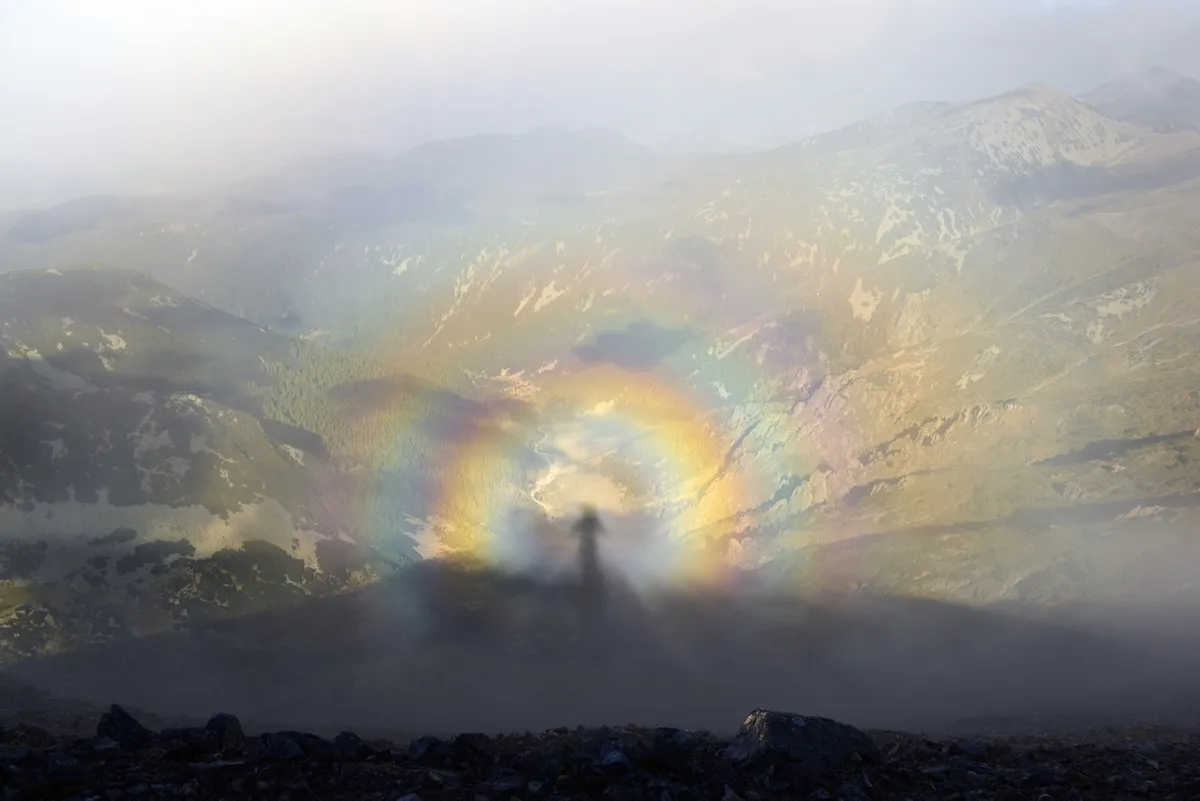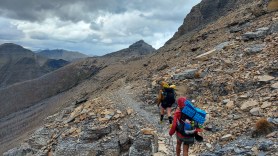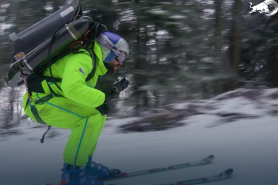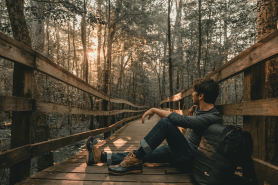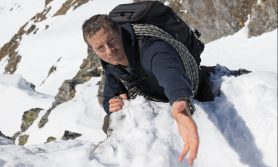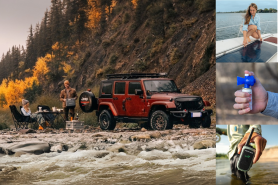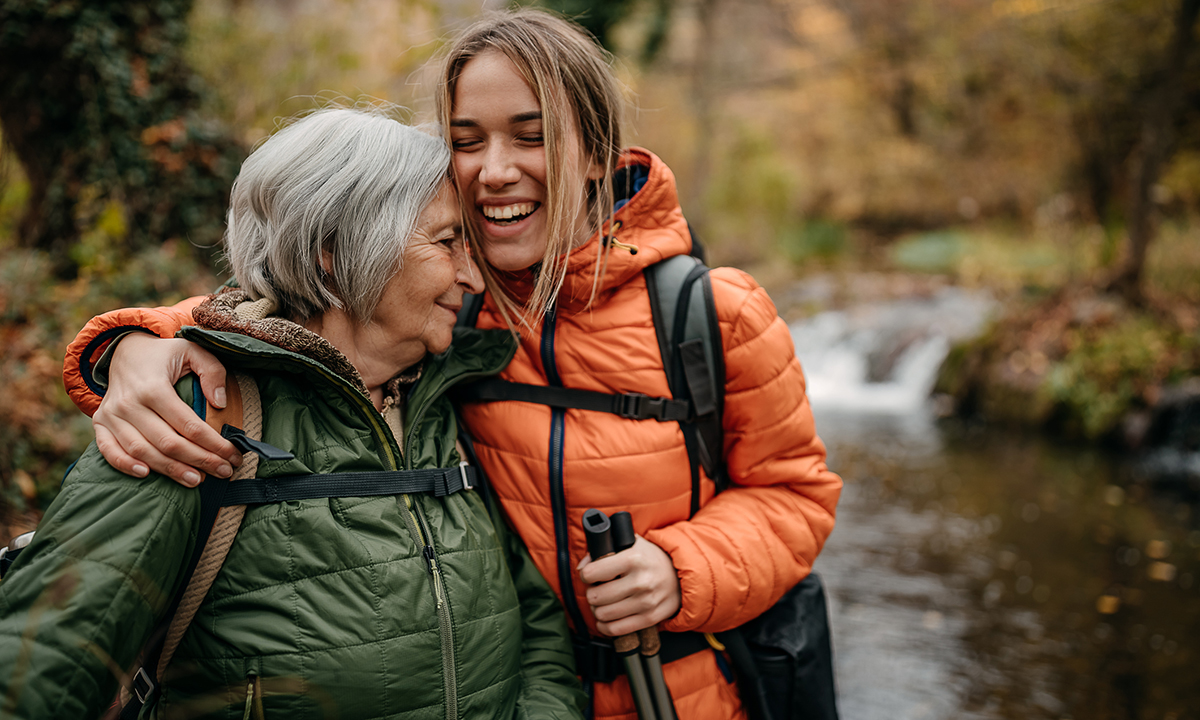

When there is less daylight and temperatures drop, you don’t have to put away your hiking boots. As long as you wear layers, do some extra planning, and come prepared, you can still enjoy hiking late into the year.
Videos by Outdoors
Bring the 10 Essentials
Bring these 10 essentials on any hike, especially in the fall or winter. In your pack, be sure to carry:
- Navigation tools—compass and map, GPS device
- First aid (especially foot care)
- Headlamp and extra batteries
- Knife and repair kit (duct tape, etc.)
- Sunblock, sunglasses, etc.
- Shelter
- Lighter, matches, stove, tinder
- Extra water
- Extra food
- Extra clothing (socks, gloves, extra layers, etc.)
Additional items:
- Avalanche safety gear
- Snowshoes or spikes
- Hiking poles
Follow these tips to make your fall and winter hikes as comfortable and safe as possible.
6 Tips for Fall/Winter Hiking
- Dress Smart
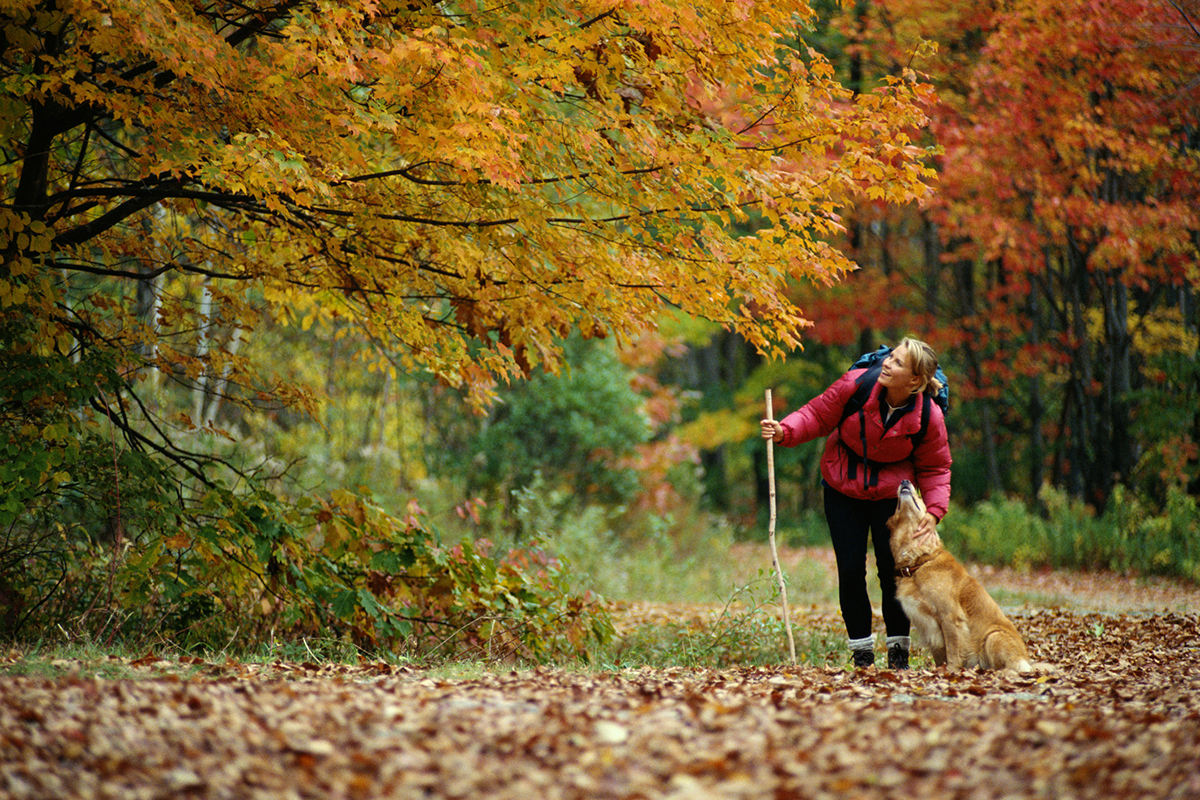
In the fall and winter months, the temperature can change drastically from the start of the hike to the end of the hike. That is why dressing in layers is essential to regulating your body temperature.
Begin with a wicking insulating layer followed by a mid-layer and a waterproof shell. Wicking socks, gloves, and a hat are essential for keeping warmth in. Waterproof boots are best for tackling terrain and conditions that may change throughout your hike. Pack an extra pair of socks in your pack along with extra gloves and a hat. Consider gaiters to keep snow from getting into your boots.
Find out how to layer for a winter day hike.
- Gear up
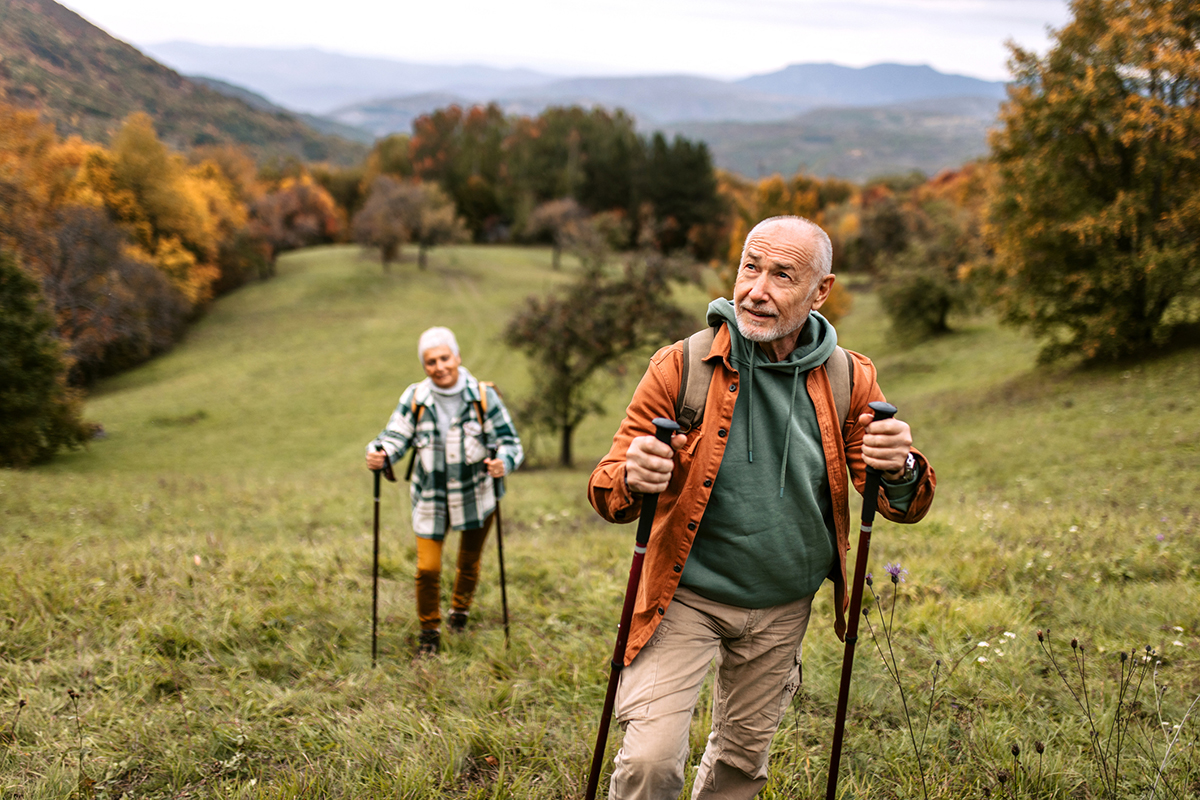
Beyond clothing, you need the right gear to have a safe hike from start to finish.
Some trails may require spikes if there are icy conditions. If there is fresh snow on the ground or the terrain is hilly, snowshoes may be the best choice, especially if you have to break trail. Trekking poles can add a bit more stability and balance. At the minimum, you need to carry a beacon, shovel, and probe if heading into avalanche territory. Hand and feet warmers may seem a bit of a luxury while hiking, but that little bit of warmth in your extremities can keep you hiking longer.
In your pack, be sure to pack food and water to keep on top of nutrition and hydration. Your body burns more calories while regulating temperature in the cold. You will also work up a sweat (hence the wicking layers) as you make your way through the winter conditions. High-calorie snacks that are easy to open are best, especially the fun seasonal flavors you can find in the fall and winter months. Have a warm drink and extra food in the car for refueling and warming up on the drive home.
- Keep on Trucking
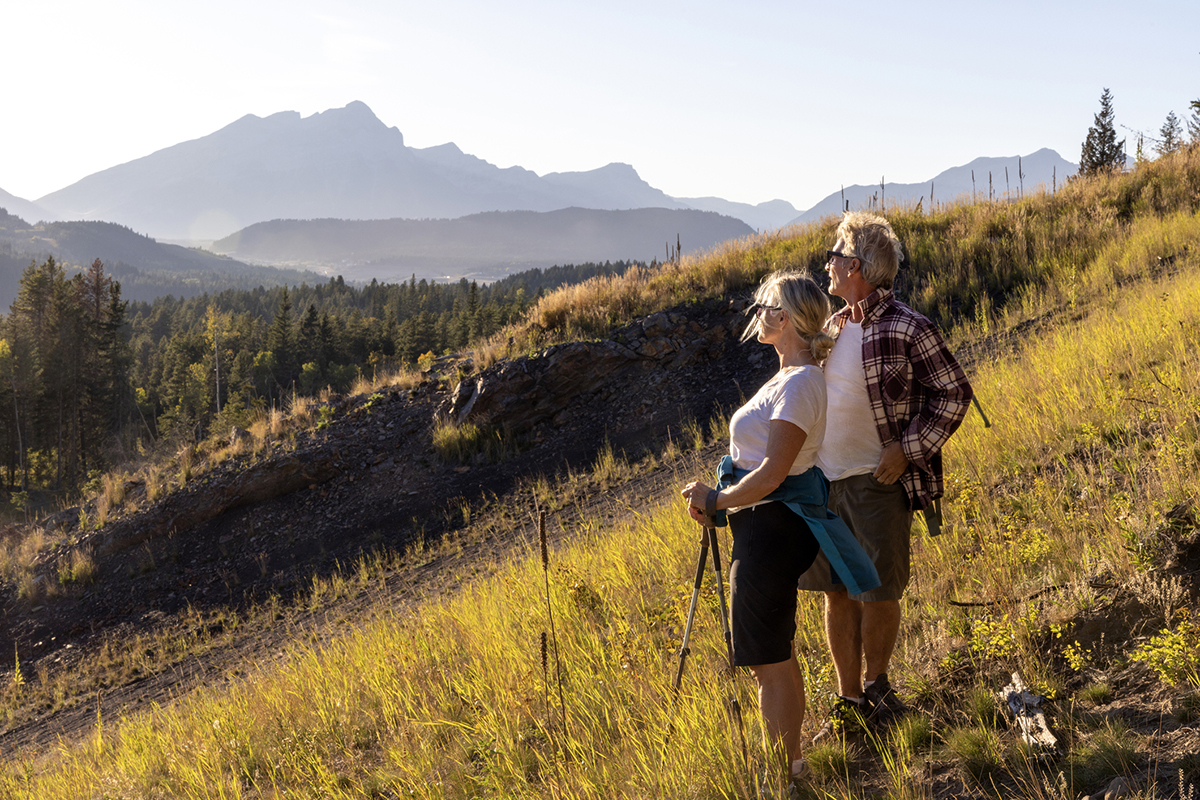
When hiking in cooler temperatures, the best advice is to keep trucking on the trail. Stopping brings the heart rate down, allowing for the cold to set in. Take sips of water (or a warm beverage) as you keep moving along. A good way to keep liquid from freezing is to keep your hydration bladder close to the body, perhaps under your shell. If you are dehydrated, it is easier for hypothermia to set in.
Eat snacks while on the trail that are easy to open, so there is no need to stop and remove your hiking gloves. Exposing your extremities to the cold decreases your body’s ability to regulate temperature.
- Safety First
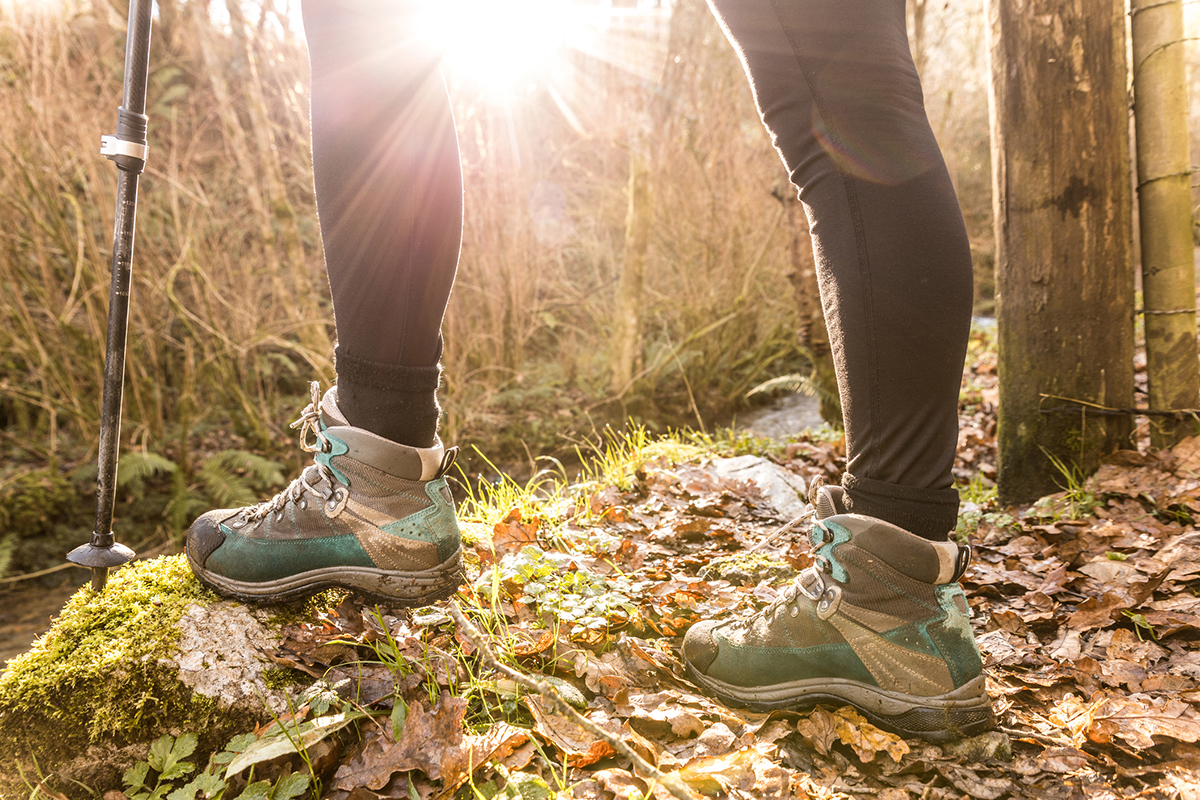
Fall and winter warrant additional safety considerations. It is important to be familiar with the terrain you are heading to, including the current conditions and incoming weather. Check out the current risk if you are heading into avalanche territory on avalanche.org. Alltrails.com and other websites are great resources for checking trail conditions as well. Social media platforms can also be a good place to check trail statuses and closures.
Keep your senses sharp during the hike to help spot potential hazards or dangerous conditions. Deep snow, patches of ice, and downed trees or branches are all hazards you may encounter. The sound of a roar is a warning signal for a potential avalanche or slide. Unusual sounds like cracking and crashing may also mean threats are ahead.
Be on the lookout for signs of hypothermia. Shivering, fumbling hands, exhaustion, slurred speech, and confusion are some of the most common warning signs. Darkened or red skin, numbness, and tingling are signs of a more serious problem—frostbite. If you suspect hypothermia or frostbite is setting in, remove any wet clothing from the person, seek warmth, and get medical attention if needed.
- Timing Matters
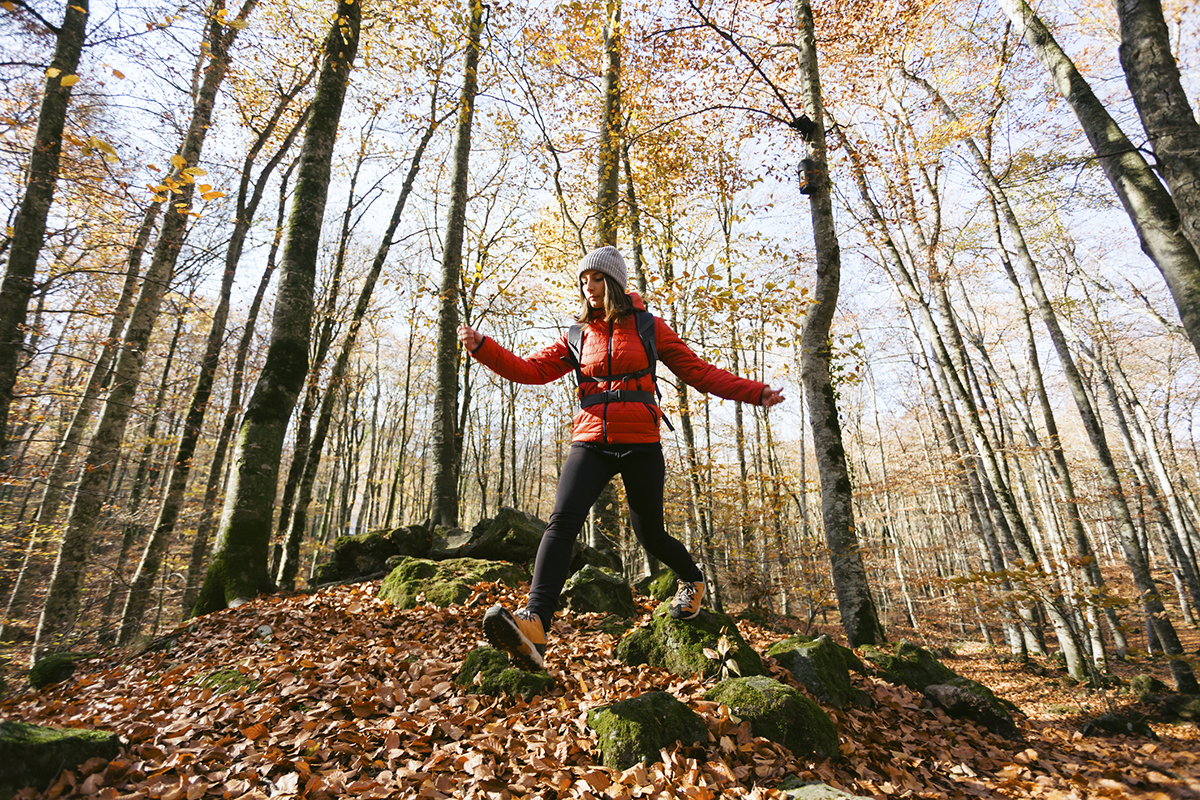
Depending on the conditions, a hike that takes an hour in the summer may take double the time in the fall or winter. Keep the following in mind:
- Trail conditions can change while on the trail.
- Daylight hours are shorter.
- Snow and other hazards may extend hike time.
- Sunny trails will be icy and slippery earlier in the day and then turn to mush.
- West-facing trails will be shady for longer with ice and hard-pack snow.
- Use the Buddy System

Adventures are better when shared, so grab a friend or family member to hike with. This is even more important in the fall and winter when the risk of getting lost and encountering hazards is more prevalent. Sticking together means you have help if needed, while also having “power in numbers” if you encounter any problems on the trail.
While you are out on the trail with your buddy, enjoy the change in the scenery compared to your summer hikes. It’s amazing how different the landscape looks in the fall and winter, offering some unique photography opportunities too. The trails will certainly be less crowded, and you may spot different wildlife.
Bonus Tips:
- If you are new to winter hiking, choose a shorter trail.
- Carry navigation tools with you, because the snow can hide the trail and trail markers.
- Be prepared for changing conditions along the trail.
- Cut a hike short if someone gets cold or the trail conditions become dangerous.
- Let someone outside of your hiking party know where you are hiking and the approximate time you will be home (no matter what season it is).
- Kids also need the right gear for fall and winter hiking.
For more tips, check out our winter hiking tips and essential gear guide.

